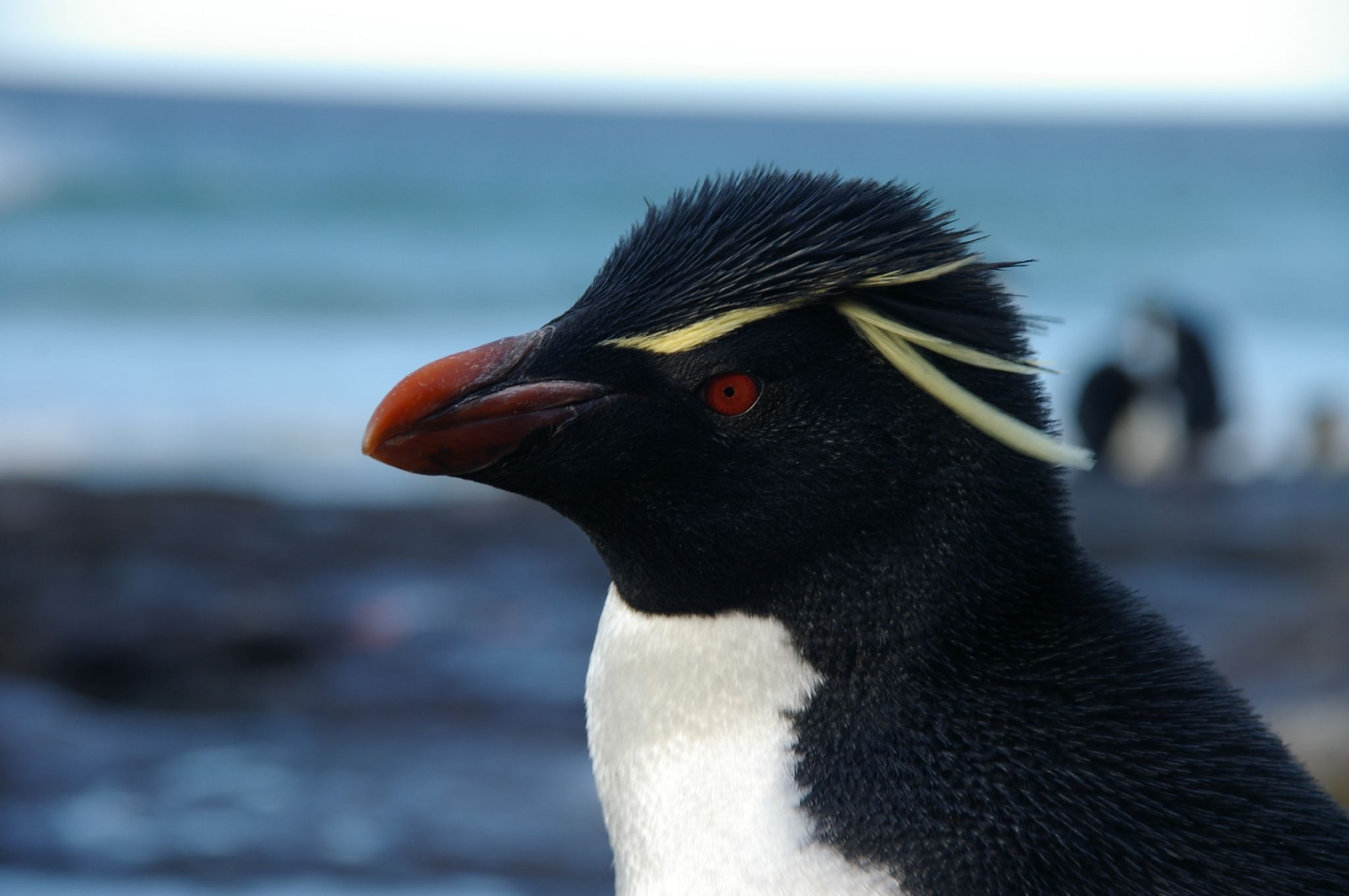|
Begging In Animals
Begging in animals is when an animal solicits being given resources by another animal. This is usually a young animal soliciting food from their parents, brood hosts or other adults. However, the resource is sometimes non-food related or may be solicited by adult animals. Begging behavior is most widely studied in birds, however, mammals, amphibians, and invertebrates perform begging displays. Generally in food solicitation, begging behavior is instinctive, although in some instances it is learned (e.g. pet cats and dogs). While the ultimate causation for begging is an increase in the animal's individual fitness, several theories have been proposed for how food begging evolved proximate causes including scramble competition, honest signalling of need, and cooperative begging by siblings. Various types of information such as nutritional status or immunocompetence can be transmitted with auditory and visual begging signals and the behavior can be modulated by several factors such ... [...More Info...] [...Related Items...] OR: [Wikipedia] [Google] [Baidu] |
Black-headed Gull
The black-headed gull (''Chroicocephalus ridibundus'') is a small gull that breeds in much of the Palearctic in Europe and Asia, and also locally in smaller numbers in coastal eastern Canada. Most of the population is migratory and winters further south, but many also remain in the milder areas of northwestern Europe. It was formerly sometimes cited as "common black-headed gull" to distinguish it from "great black-headed gull" (an old name for Pallas's gull). The genus name ''Chroicocephalus'' is from the Ancient Greek words ''khroizo'', "to colour", and ''kephale'', "head". The specific name ''ridibundus'' is Latin for "laughing". Taxonomy The black-headed gull was formally described in 1766 by the Swedish naturalist Carl Linnaeus in the twelfth edition of his ''Systema Naturae''. He placed it with the other gulls in the genus ''Larus'' and coined the binomial name ''Larus ridibundus''. Linnaeus specified the locality as ''Mari Europaeo'' or European seas. Genetic stud ... [...More Info...] [...Related Items...] OR: [Wikipedia] [Google] [Baidu] |
Penguins
Penguins are a group of aquatic flightless birds from the family Spheniscidae () of the order Sphenisciformes (). They live almost exclusively in the Southern Hemisphere. Only one species, the Galápagos penguin, is equatorial, with a small portion of its population extending slightly north of the equator (within a quarter degree of latitude). Highly adapted for life in the ocean water, penguins have countershaded dark and white plumage and flippers for swimming. Most penguins feed on krill, fish, squid and other forms of sea life which they catch with their bills and swallow whole while swimming. A penguin has a spiny tongue and powerful jaws to grip slippery prey. They spend about half of their lives on land and the other half in the sea. The largest living species is the emperor penguin (''Aptenodytes forsteri''): on average, adults are about tall and weigh . The smallest penguin species is the little blue penguin (''Eudyptula minor''), also known as the fairy peng ... [...More Info...] [...Related Items...] OR: [Wikipedia] [Google] [Baidu] |
Northern House Wren
The northern house wren (''Troglodytes aedon'') is a very small passerine in the wren family Troglodytidae. It is found in southern Canada, the USA and Mexico. It occurs in most suburban areas in its range. It formerly included many subspecies resident in South America and in the Caribbean that are now considered as separate species. The name ''troglodytes'' means "hole dweller", and is a reference to the bird's tendency to disappear into crevices when hunting insects or to seek shelter. Taxonomy The northern house wren was formally described in 1809 by the French ornithologist Louis Pierre Vieillot under the current binomial name ''Troglodytes aedon''. The specific epithet is from the Ancient Greek ''aēdōn'' meaning "nightingale". The type locality was designated as New York City by Harry Oberholser in 1934. An earlier specific name, ''domestica'' in the combination ''Sylvia domestica'', was introduced in 1808 by the American ornithologist Alexander Wilson. This was rarely ... [...More Info...] [...Related Items...] OR: [Wikipedia] [Google] [Baidu] |
Resting Metabolic Rate
Resting metabolic rate (RMR) refers to whole-body mammal (or other vertebrate) metabolism during a time period of strict and steady ''resting conditions'' that are defined by a combination of assumptions of physiological homeostasis and List of types of equilibrium#Biology, biological equilibrium. RMR differs from basal metabolic rate, basal metabolic rate (BMR) because BMR measurements must meet total physiological equilibrium whereas RMR conditions of measurement can be altered and defined by the contextual limitations. Therefore, BMR is measured in the elusive "perfect" steady state, whereas RMR measurement is more accessible and thus, represents most, if not all measurements or estimates of daily energy expenditure. Indirect calorimetry is the study or clinical use of the relationship between respirometry and bioenergetics, where measurements of the Rate (mathematics), rates of oxygen consumption (VO2) and the generation of waste products such as carbon dioxide, metabolic water, ... [...More Info...] [...Related Items...] OR: [Wikipedia] [Google] [Baidu] |
European Robin
The European robin (''Erithacus rubecula''), known simply as the robin or robin redbreast in the British Isles, is a small insectivorous passerine bird that belongs to the Old World flycatcher family Muscicapidae. It is found across Europe, east to Western Siberia and south to North Africa; it is Sedentism, sedentary in the west and south of its range, and bird migration, migratory in the north and east of its range where winters are harsher. It is in length; the male and female are identical in plumage, with an orange-toned red breast and face lined with grey, brown upper-parts and a whitish belly. Juveniles are distinct, freckled brown all over and without the red breast; first-winter immatures are like the adults, except for more obvious yellow-brown tips to the wing covert feathers (inconspicuous or absent in adults). Etymology The distinctive orange breast of both sexes contributed to the European robin's original name of "redbreast", ''orange'' as a colour name being ... [...More Info...] [...Related Items...] OR: [Wikipedia] [Google] [Baidu] |
Dunnock
The dunnock (''Prunella modularis'') is a small passerine, or perching bird, found throughout temperate Europe and into Asian Russia. Dunnocks have also been successfully introduced into New Zealand. It is the most widespread member of the accentor family; most other accentors are limited to mountain habitats. Other, largely archaic, English names for the dunnock include hedge accentor, hedge sparrow, hedge warbler, and titling. Taxonomy The dunnock was Species description, described by the Swedish naturalist Carl Linnaeus in 1758 in the 10th edition of Systema Naturae, tenth edition of his ''Systema Naturae''. He coined the binomial name of ''Motacilla modularis''. The specific epithet is from the Latin ''modularis'' "modulating" or "singing". This species is now placed in the genus ''Prunella (bird), Prunella'' that was introduced by the French ornithologist Louis Pierre Vieillot in 1816. The name "dunnock" comes from the English ''dun'' (dingy brown, dark-coloured) and the d ... [...More Info...] [...Related Items...] OR: [Wikipedia] [Google] [Baidu] |
Atlantic Canary
The Atlantic canary (''Serinus canaria''), known worldwide simply as the wild canary and also called the island canary, common canary, or canary, is a small passerine bird belonging to the genus '' Serinus'' in the true finch family, Fringillidae. It is native to the Canary Islands, the Azores, and Madeira. Wild birds are mostly yellow-green, with brownish streaking on the back. The species is common in captivity and a number of colour varieties have been bred. This bird is the natural symbol of the Canary Islands, together with the Canary Island date palm. Taxonomy The Atlantic canary was formally described in 1758 by the Swedish naturalist Carl Linnaeus in the tenth edition of his ''Systema Naturae''. He placed it with the finches in the genus '' Fringilla'' and coined the binomial name ''Fringilla canaria''. In 1555 the Swiss naturalist Conrad Gessner had used the Latin name ''Canaria'' for the species in his book '' Historia animalium''. The Atlantic canary is now one o ... [...More Info...] [...Related Items...] OR: [Wikipedia] [Google] [Baidu] |
Common Grackle
The common grackle (''Quiscalus quiscula'') is a species of large icterid bird found in large numbers through much of North America. First described in 1758 by Carl Linnaeus, the common grackle has three subspecies. Adult common grackles have a long and dark bill, pale yellow eyes, and a long tail. Adults often have a bluish iridescent appearance on their head, especially males. Common grackles can be found widely across North America east of the Rocky Mountains. Taxonomy The common grackle was first described in 1758 by Carl Linnaeus in the 10th edition of Systema Naturae, tenth edition of ''Systema Naturae'', as ''Gracula quiscula''. It was assigned to the genus ''Quiscalus'' by French people, French ornithologist Louis Pierre Vieillot in his 1816 ''Dictionnaire d'histoire naturelle''. Three subspecies are recognized: *the Florida grackle (''Q. q. quiscula'') (Linnaeus 1758), the nominate subspecies *the purple grackle (''Q. q. stonei'') (Chapman, 1935) *the bronzed grackle ... [...More Info...] [...Related Items...] OR: [Wikipedia] [Google] [Baidu] |
Bois De Vincennes, Crow Begging For Food
Bois may refer to: * Bois, Charente-Maritime, France * Bois, West Virginia, United States * Bois d'Arc, Texas, United States * Les Bois, Switzerland * Boll- och Idrottssällskap ''(Ball and Athletics Association)'', a Swedish sports club suffix ** Landskrona BoIS ** Tranås BoIS ** Varbergs BoIS People with the surname Bois * Cécile Bois (born 1971), French actress * Curt Bois (1901–1991), German actor * Danny Bois (born 1983), Canadian ice hockey player * Désiré Georges Jean Marie Bois (1856–1946), French botanist * Guy Bois (1934–2019), French historian * John Bois (1560–1643), English scholar * Jon Bois (born 1982), American sportswriter * Mathieu Bois (born 1988), Canadian swimmer * Rob du Bois (1934–2013), Dutch composer and jurist See also * * * Boise (other) * Boy (other) * Dubois (other) Dubois, DuBois, or Du Bois may refer to: People * Dubois (surname), a Norman-French surname (include a list of people with the surnames ... [...More Info...] [...Related Items...] OR: [Wikipedia] [Google] [Baidu] |
Magpie Chick Begging The Mother For Food
Magpies are birds of various species of the family Corvidae. Like other members of their family, they are widely considered to be intelligent creatures. The Eurasian magpie, for instance, is thought to rank among the world's most intelligent creatures, and is one of the few nonmammalian species able to recognize itself in a mirror test. Magpies have shown the ability to make and use tools, imitate human speech, grieve, play games, and work in teams. They are particularly well known for their songs and were once popular as cagebirds. In addition to other members of the genus '' Pica'', corvids considered magpies are in the genera '' Cissa'', ''Urocissa'', and ''Cyanopica''. Magpies of the genus ''Pica'' are generally found in temperate regions of Europe, Asia, and western North America, with populations also present in Tibet and high-elevation areas of Kashmir. Magpies of the genus ''Cyanopica'' are found in East Asia and the Iberian Peninsula. The birds called magpies in Austra ... [...More Info...] [...Related Items...] OR: [Wikipedia] [Google] [Baidu] |
Learning
Learning is the process of acquiring new understanding, knowledge, behaviors, skills, value (personal and cultural), values, Attitude (psychology), attitudes, and preferences. The ability to learn is possessed by humans, non-human animals, and some machine learning, machines; there is also evidence for some kind of learning in certain plants. Some learning is immediate, induced by a single event (e.g. being burned by a Heat, hot stove), but much skill and knowledge accumulate from repeated experiences. The changes induced by learning often last a lifetime, and it is hard to distinguish learned material that seems to be "lost" from that which cannot be retrieved. Human learning starts at birth (it might even start before) and continues until death as a consequence of ongoing interactions between people and their environment. The nature and processes involved in learning are studied in many established fields (including educational psychology, neuropsychology, experimental psycho ... [...More Info...] [...Related Items...] OR: [Wikipedia] [Google] [Baidu] |







